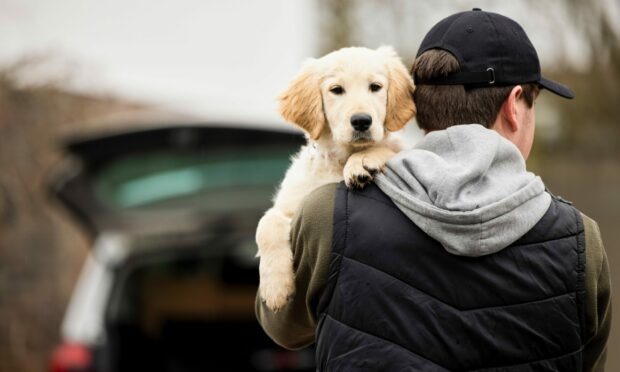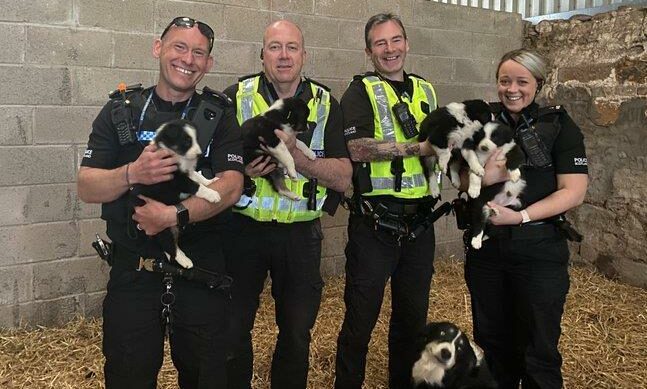Tayside is Scotland’s dog theft capital with more than a fifth of cases in a single year, new figures have revealed.
Across Scotland cases of canine kidnap almost doubled under the first year of lockdown.
Official data from Police Scotland, released to The Courier, showed a rise of 42% from 2019/2020 to 2020/2021.
Tayside saw a rise of 12 cases, from seven to 19 – a jump of 171%.
The North East division saw the largest percentage rise, with a 700% jump in cases to eight from just one the previous year.
Elsewhere in Courier Country, cases in Fife more than doubled – jumping from two to five.
Several divisions, including Edinburgh and Glasgow, saw a decline in the number of cases. However the overall number of cases in Scotland rose from 62 to 88.
Less than half the total number of cases – just 71 – have been solved.
Around a third of all cases (42) related to domestic issues or ownership disputes, rather than when a dog was taken for financial or other reasons.
Where are dogs being taken from?
The vast majority of dogs are taken from the owner’s home.
Half of cases – 78 – saw the animal taken from within a flat or house.
And a further 16 crimes involved dogs being stolen from
a garden or outside kennel.
Just over one in five crimes occurred in open space such as footpath, park or street.
Dogs stolen from outside business premises such as a shop or public house account for only seven of the 150 crimes.
When are dogs being stolen?
In 2019/20, there were higher numbers of thefts recorded in May and June whereas in 2020/21 the peak months were April and October.
During 2019/20 peak days for thefts were Sunday (29%) and Tuesday (16%).
In 2020/21, peak days were Saturday (25%) and Wednesday (21.6%).
In both years the quietest day for dog thefts was Friday.
Maurice Golden, the Conservative MSP for North East Scotland, has proposed a bill to make dog theft a standalone crime.
The police currently record dog theft cases within the general theft figures.
Dog theft is treated as a loss of property and is recorded either as general theft or as part of other crimes, such as housebreaking.
The monetary value of the dog, like other property, can determine the sentence.
Although a thief can face life imprisonment this is unlikely to happen due to the relatively low monetary value of a dog.
Are organised criminals to blame?
Police Scotland highlighted two specific cases which they believe indicate more organised criminal activity.
In Fife a mother and her nine puppies were taken from locked cages in an external kennel at a dog breeder’s home.
The estimated value of the loss is £27,500. Officers said prior knowledge and planning will have enabled the crime.
A second, more widely publicised, incident occurred in East Lothian where eight Border Collie puppies from a farm outbuilding. They were later recovered.
Police also believe this raid was planned.
For all the latest from the court rooms of Tayside and Fife, join our Dundee crime & breaking news Facebook group.







